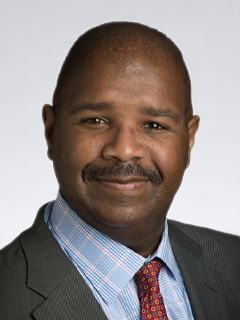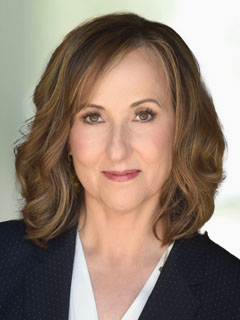Thanks to the tools, technology, and information that employees have at their disposal, “organizations are experiencing where their rhetoric has to meet their reality,” said Holmes. In other words, companies that hold themselves out as valuing workers as their number one asset and prioritizing work-life balance are expected to deliver on those promises.
But what does that mean? “When people say, ‘I want flexibility,’ they really want to be able to have some control over how, when, and where they’re going to do their jobs best,” said Yost. Flexibility “is not an HR policy or program that sits outside of the business. That’s unfortunately why a lot of organizations are stuck.”
A common misconception is that “flexibility” always means working remotely, but Yost notes that flexibility should be tailored to the company and is best defined based on the business needs and employee desires, with input from management, the board, and workers. Flexibility may mean flexibility in location or nonstandard work hours, depending on the job.
“You want to look at taking the best of what has been over the last two years. There has been a lot of success,” said Yost. Then, with feedback from employees, “look at what is missing from the way we worked before … to determine what that next ‘best’ looks like.”
“It’s doing a detailed analysis looking at each job and asking, ‘how, when, and where do we do that best?’” said Yost. “As a board member, empower your senior leadership to take a cross-functional, operations-based approach to reimagining work. For most organizations, the question to ask is: “What is the combination of on-site and remote work going to be?”
“It’s not going to be 100 percent remote,” said Yost. “That’s where we tend to get stuck: We’re either remote or we’re on site.”
For many companies, a large percentage of the workforce may not be able to perform any portion of their roles remotely, and the percentage of 100 percent remote workers is very small. “It’s about looking at this broader, flexible, dynamic workforce across work spaces, both on site and remote. And it’s also time flexibility, which can cover the rest of the workforce that can’t work remotely,” said Yost.
Panelists were quick to note that it isn’t only younger employees who value flexibility. “People want to fit work and life together in a way that works for them,” said Yost. “No two people have the same two realities, so how do you create an environment where all of those different realities can live together?”
Holmes agreed. “Everybody wants this stuff; I think different people feel more comfortable asking for it … These are core human needs and desires.”
Investors are also focusing on these issues because an increasingly large part of company valuations today come from intangibles, including employees, said Brown. Intangibles represented 17 percent of the value of the S&P 500 in 1975. By 2020, intangibles represented 90 percent of the S&P 500 market value.1
The workplace transformation is being driven largely by demographics. Millennials (defined as anyone born between 1981 and 1996)2 are the largest generation in the U.S. labor force, outnumbering Gen Xers and baby boomers, according to a Pew Research Center analysis of U.S. Census Bureau data.3
“Unless organizations adjust their ways to that generation, they have no way of succeeding,” said Jick. While millennial workers want jobs, pay, and opportunity, “they also have other priorities,” said Jick. “And they care that their employer cares about things other than work.”
“They are reading the paper and asking, ‘What is your company doing about [a particular political or social issue]?’ and making a decision to show up based on what you say,” said Brown.
“You can get trapped in philosophical debates, but the core debate should be, “Is this going to make me a more successful company or not?’” said Holmes. “Companies tackle really complicated issues every day … if they believe it’s going to drive success. If you start thinking process, you’ve already lost. You have to have a process, but you have to approach it as being about people first.”
Yost noted studies showing that having two to three days a week of flexibility is seen [by employees] as an 8 percent pay increase. “From a board standpoint, in terms of managing costs and talent, that is very valuable,” she said.
Even if a recession hits, “I think this is fully permanent,” said Holmes. “They don’t place the same value that we do on losing or changing jobs. It isn’t as definitional to them.”
“Directors need to keep a spotlight on these issues that won’t dim, even if there’s a recession,” said Jick. “This isn’t the 40-year employee generation. That model is gone.”
To do that, Jick and others encourage directors to seek out information about employees beyond what’s provided by management.




